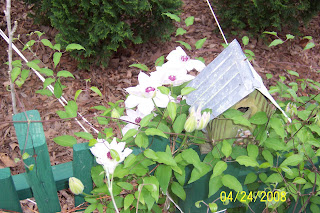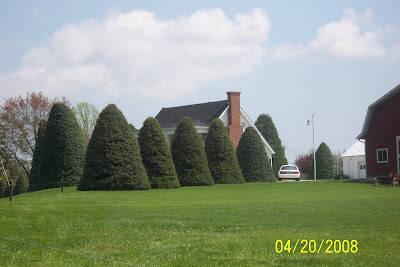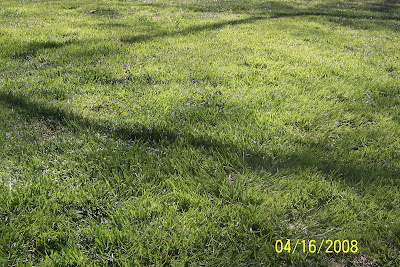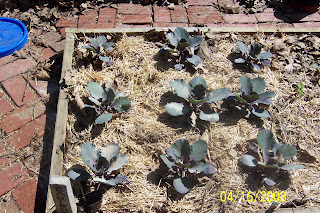Clematis is a versatile and rewarding vine to grow in one's garden. I think of them as the 'Queen' of vines. I love them and find them very easy to grow, but a bit puzzling because of the pruning requirements.
After umpteen years of gardening and doing it a bit haphazardly I might add, I have decided to get organized and to learn so much more. One of the things I need to learn is not only how to prune clematis, but which clematis needs which type of pruning. That would assume the gardener knew what type of clematis he or she planted in the first place! I don't keep good enough records so this is a problem for me. I am slowly working on that problem now that I generally understand clematis.
Clematis are grouped into three groups for the purpose of pruning. You must know the variety you planted in order to know which group it is in and how to prune it. According to Sandra Mason from The University of Illinois (http://web.extension.uiuc.edu/champaign/homeowners/031004.html), the three groups are known as: Group 1, Group 2, and Group 3.



Group 1 clematis bloom on old wood and generally bloom between April and May. Some Group 1 varieties I grow are: C. macropetala, C. montana and 'Snow Queen'. Others in this group include: C. armandii, C. alpina and C. cirrhosa. This group requires no pruning except for the occasional trimming of dead. The four varieties pictured on the arch fall into this group (I think). I believe this is right because I have never pruned these four clematis for fear of destroying them. They have still bloomed wonderfully so I am really thinking Group 1?
Group 2 clematis bloom mid-season and are double or semi-double cultivars. This group will repeat bloom and needs only light pruning. If cut to the ground it will still bloom, though later in the season. Some Group 2 clematis I grow are: 'Nelly Moser' and 'Miss Bateman'. Miss Bateman is growing on a picket fence in my lower garden (fourth picture with birdhouse). I know this because I recently found the label stuck into the ground next to the vine. What a relief! I have now logged it so I do not have to rely only on the label in the future. I have not pruned these clematis either. Come to think of it, I don't prune any of my clematis though I should.
Group 3 clematis bloom on new wood and include many brilliant and favored cultivars. This clematis should be pruned in early spring before new growth begins. If it is not pruned, it will likely produce blooms only at the top of the vine out of sight of the gardener. Some Group 3 cultivars I grow are: 'Jackmanii', Sweet Autumn Clematis, 'Comtesse de Bouchard', 'Ernest Markham', 'Henryi', and 'Crimson Star'.
The black metal arbor over my side gate is the crowning glory of my clematis. Every time I walk through this arbor I feel like I am in Hawaii or some other tropical location. I have never been to Hawaii, but somehow envision it with lovely draping flowers hanging from the trees. The flowers might be mandivilla or bougainvillea and not clematis, but I feel the clematis takes its place here in my locale. It is kind of neat how the flowers open all the way up the arbor and just seem to drape themselves around it. As an added bonus, the spent flowers and ensuing seed heads are so intriguing. They remain on the vine all winter and somewhat resemble spiders with twiny tendrils coming from the center of the spent flower. Not all clematis have the same seed pods, so you might want to be sure and buy it not only for the flower, but for the seedpod.
From now on when buying and purchasing clematis, I am researching and selecting exactly the right clematis for the purpose intended. I recently installed two twin arbors upon which to grow clematis. I chose 'Crimson Star' in Group 3. Crimson Star should bloom a large brilliant red and only on new wood. I desired the Group 3 because I wanted to be able to control its growth. As you can see on the above arbor, clematis can get quite large and bulky. They become a tangled mess after just a few years. Finally, I am getting it together by choosing the right plant for the right spot and for my purposes. It felt good but we'll see if it works out. That is the part about gardening that can never be predicted, whether or not all will go according to the 'best laid plans'.
How do you grow clematis now that you know a little about pruning? Well, I can only tell you how I grow my clematis. First and foremost they need a support on which to twine. The support needs to be fairly thin so the clematis can grasp it with its tendrils. Clematis will not stick to large smooth poles and you will have to tie it up if this is what you are using. I had to add a criss cross of metal wiring between the two support poles of this arbor in order for the clematis to be fully supported. Even then I do have to sometimes tie and direct the growth. Another technique for supporting clematis is to plant a clematis at the base of a small tree or shrub and allow the clematis to twine into the tree or shrub. It is a beautiful effect, but one I have had limited success with since the clematis cannot get all the sun it really needs when planted below a tree. You can see one of my clematis blooming among the crabapple leaves in the last picture. I have planted clematis at the base of all my crabapples and learned this is an old gardener's trick. I love learning secrets from experienced gardeners, secrets not found in gardening books.

Once you have a good support, take time to prepare the hole. I add compost and plant my clematis deeply. Most clematis like full sun with their roots shaded. Shading can be accomplished by simply placing stones on or near the base of the clematis. These four clematis growing on this arbor are planted in less than ideal soil conditions and are cramped, but they have excelled. The clematis growing on my picket fence have much better conditions but only get part sun. They are also doing well. Clematis are truly not difficult to grow, the difficult part is the pruning, but only because you have to keep good records of the 'Queens' you plant in your garden.
in the garden....












































